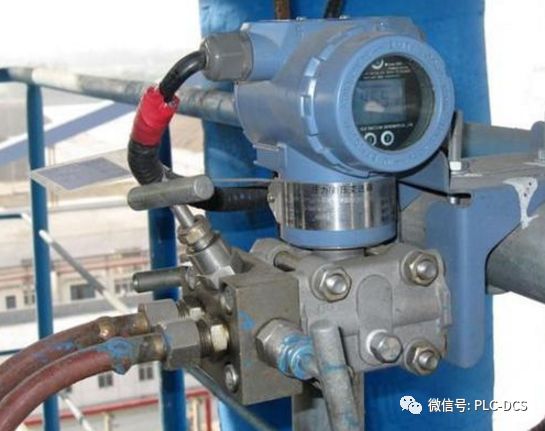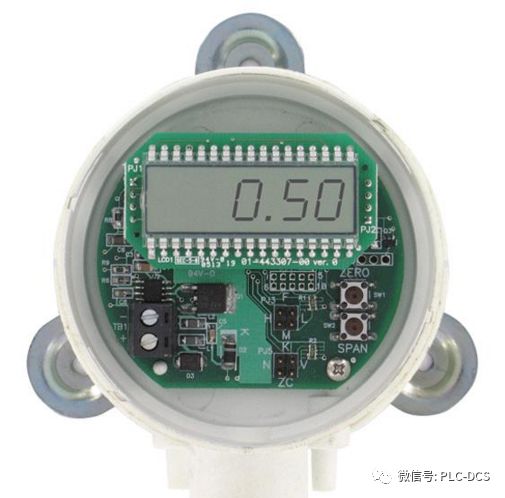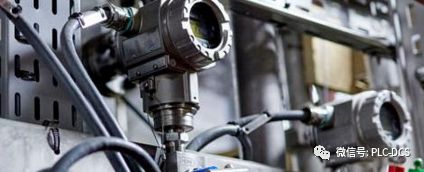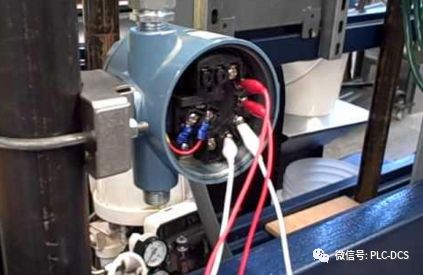With the advancement of instrument technology, various brands of differential pressure transmitters are moving toward high precision and intelligence. However, advances in technology have created a misconception for designers: when choosing a transmitter, people tend to focus on their own accuracy, while ignoring other factors that affect measurement accuracy. In fact, what the user really needs is to correctly reflect the true value of the measured value - the accuracy of the measurement, not the accuracy of the transmitter itself. There are many factors that affect the measurement accuracy of the transmitter, and some factors are also related to environmental conditions and installation methods. Therefore, in design, the accuracy of the product itself does not guarantee the actual measurement effect. Designers must not only consider the impact of the actual environment on the accuracy of the product when selecting the model, but also minimize the accuracy of the transmitter during installation. Impact. So, what factors will affect the differential pressure transmitter?
Influence of range ratio
The range ratio of the differential pressure transmitter is the ratio of the maximum and minimum values ​​that the transmitter can measure if the accuracy requirements are met. In general, the larger the turndown ratio, the lower the measurement accuracy. The pressure transmitter has a large turndown ratio, which has many advantages, so that after a meter is calibrated, it can be used in many different situations. However, the actual mid-range is too high to adjust, which will bring a lot of problems in measurement stability.

Most differential pressure transmitters are within the 10:1 range ratio, and the accuracy is still reference accuracy, independent of the turndown ratio. However, there are still a considerable number of differential pressure transmitters to ensure that the reference ratio of the reference accuracy is less than 10:1. This indicator is even 3:1 and 2:1; and the different range codes of the same model ensure the reference ratio of the reference accuracy. There may also be large differences, which are of particular concern to the user when calculating the accuracy of the range-dependent effects.
Temperature effect

In the process application, the process temperature and ambient temperature will change greatly, which will definitely be different from the reference conditions when the transmitter is tested. This also means that the performance will be different from the reference accuracy introduced. The effect of temperature on the differential pressure transmitter is small when approaching the maximum range (ie, small range ratio), but the effect is very large when approaching the minimum range (ie, the large range ratio), sometimes even beyond our imagination. According to some product manuals, the temperature-to-zero accuracy and range accuracy are combined. If the input maximum range ratio is 100, you can get close to 10%.
Some modern smart pressure transmitter products have added internal temperature sensors to correct the thermal effects caused by changes in ambient temperature.
Static pressure

Similar to the effects of temperature and range, static pressure also has a substantial impact on the accuracy of the transmitter's zero and span. Such as capacitive differential pressure transmitter, this kind of transmitter will almost be affected by static pressure during the operation of the production process system. When the static pressure of the operating condition exceeds a certain value, the error of static pressure influence will exceed The accuracy of the transmitter itself, when calculating the channel accuracy of the measurement channel, if the static pressure influence error is added, the channel accuracy requirement may not be met. Therefore, the capacitive differential pressure transmitter must correct the static pressure when verifying.
Impact of mounting tilt angle on the transmitter

Mounting angle is the angle between the center axis of the transmitter and the plumb line after the transmitter is installed in the field.
In the differential pressure measurement, the detecting element senses the pressure difference between the two sides by measuring the deformation displacement of the diaphragm. Since the central measuring chamber is filled with the filling silicone oil, when the differential pressure transmitter is inclined along the plane perpendicular to the measuring diaphragm, the filling of the silicone oil itself will cause pressure on the measuring diaphragm, causing the diaphragm to deform, resulting in a change in the output value. When the differential pressure transmitter is tilted in a direction parallel to the plane of the measuring diaphragm, the filling of the silicone oil does not force the measuring diaphragm, and thus has no effect. Different ranges of transmitters are affected by the degree of tilt, the smaller the range, the greater the impact; when the differential pressure transmitter is tilted forward and backward, the output linearity and output value change is not obvious, and will not affect its normal use; When the differential pressure transmitter is tilted to the left or right, its output value will drift in one direction according to the tilt angle. The larger the angle, the greater the influence, but the linearity will not change significantly.
Influence of height difference between measuring point and mounting point

Due to the overall design of the industrial site, the differential pressure transmitter can not be installed near the measurement point of the use site, but is pressed to a more concentrated place by the pressure pipe to facilitate maintenance and management, which will result in measurement. There is a difference in height between the point and the mounting point, and the pressure transmitting medium in the pressure guiding tube generates additional pressure due to the height difference, thereby exerting an influence and introducing additional error. In process industry applications, since the density of the medium tends to be large, even with a small height difference, the additional error introduced is large.
Power Bank
Power Bank,Mini Power Bank,Cell Phone Portable Charger,Portable Power Bank for Laptop
Pogo Technology International Ltd , https://www.wisesir.net